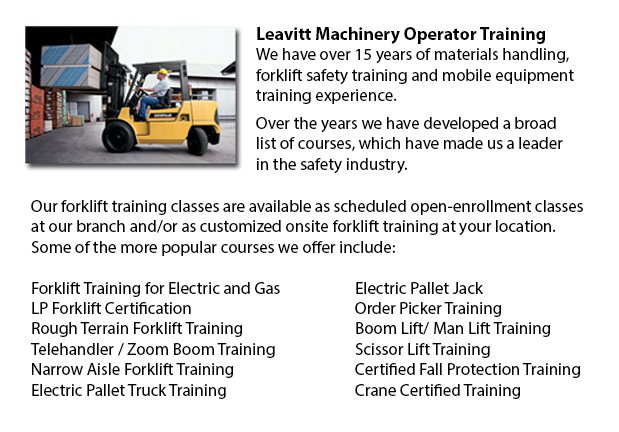
Aerial Lift Training Oakville - Aerial hoists are able to accommodate numerous tasks involving high and tough reaching spaces. Usually utilized to complete regular maintenance in structures with elevated ceilings, prune tree branches, hoist burdensome shelving units or mend phone cables. A ladder could also be used for many of the aforementioned jobs, although aerial platform lifts offer more security and strength when correctly used.
There are a few distinctive versions of aerial lifts accessible, each being able to perform slightly unique tasks. Painters will usually use a scissor lift platform, which is able to be utilized to reach the 2nd story of buildings. The scissor aerial lifts use criss-cross braces to stretch and enlarge upwards. There is a table attached to the top of the braces that rises simultaneously as the criss-cross braces lift.
Cherry pickers and bucket lift trucks are another variety of the aerial lift. Typically, they possess a bucket at the end of an elongated arm and as the arm unfolds, the attached bucket lift rises. Platform lifts utilize a pronged arm that rises upwards as the lever is moved. Boom lifts have a hydraulic arm that extends outward and raises the platform. Every one of these aerial platform lifts require special training to operate.
Training programs offered through Occupational Safety & Health Association, acknowledged also as OSHA, cover safety steps, system operation, repair and inspection and device cargo capacities. Successful completion of these education courses earns a special certified license. Only properly certified individuals who have OSHA operating licenses should run aerial platform lifts. The Occupational Safety & Health Organization has developed rules to uphold safety and prevent injury when utilizing aerial lifts. Common sense rules such as not using this apparatus to give rides and making sure all tires on aerial lift trucks are braced so as to prevent machine tipping are referred to within the rules.
Unfortunately, figures show that more than 20 operators pass away each year when running aerial hoists and 8% of those are commercial painters. The majority of these accidents are due to inappropriate tire bracing and the lift falling over; therefore several of these deaths had been preventable. Operators should ensure that all wheels are locked and braces as a critical security precaution to stop the device from toppling over.
Additional suggestions involve marking the encircling area of the device in a visible manner to protect passers-by and to guarantee they do not approach too close to the operating machine. It is vital to ensure that there are also 10 feet of clearance between any power cables and the aerial hoist. Operators of this machinery are also highly recommended to always have on the proper safety harness when up in the air.
-
JLG Telehandler
JLG Telehandler Training Oakville - Following retirement in the late 1960's, John L. Grove started on a cross country RV expedition. After spending numerous years establishing his family built crane business with his brother, John had no idea that th... More -
Doosan Forklift
Doosan Forklift Training Oakville - Doosan Infracore Company Ltd. is a transnational organization consisting of Diesel Engines, Defense Industry goods, Industrial Vehicles, Construction Technologies and Machine Tools and Computerization Systems.... More -
Genie Forklift
Genie Forklift Training Oakville - Genie is a universally established company that enjoys the spirit of alliance with their vast network of connected consumers. Genie Industries prides itself on the idea of bringing materials and people higher and ex... More -
Scissor Lifts
Scissor Lift Training Oakville - The scissor lift, often identified as a table lift, is an industrialized lift that has been tailored for use within wholesale and retail settings. Industrial platform lifts have been utilized for decades in the manufa... More -
Komatsu Forklift
Komatsu Forklift Training Oakville - Komatsu Forklift U.S.A. Inc. has a very good reputation for building reliable and robust lift trucks. Komatsu is recognized around the globe as a corporation with a prosperous heritage while maintaining an admirab... More

Forklift Training Oakville
TOLL FREE: 1-888-254-6157
Oakville, Ontario
forklifttrainingoakville.com
Email Us
About Us


